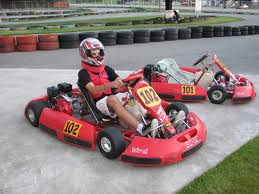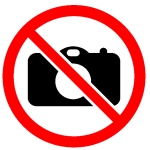Design protection
Is your design something new which has never been revealed to the public anywhere in the world? If so, it may qualify for design protection and we would strongly recommend that you consider applying for a design registration prior to exhibiting your products. Don’t worry, if you’re pressed for time and will be exhibiting, say, tomorrow, you can still apply for a design registration six months from the date that you first revealed your design products.
The name of your products, ie. your brand, or even your business name may be quite distinctive. Brand names, especially those that are catchy and inventive, are likely to be remembered by attendees once they have left an exhibition. Your potential customers will research your business and products online. Therefore, you need to consider registration of domain names that correspond with your business name and brands and thereafter set-up a website.
Ensure that any documents you have that prove your intellectual property rights are easily accessible. Having a long paper trail can help resolve any potential disputes easily and cost effectively. For example, your design may be automatically protected by copyright. Therefore, you need to ensure that you date and save any designs that you originally create on paper.
Strict policies
Have a strict “NO PHOTOGRAPHS POLICY” at your stand. Put up a big sign saying “NO PHOTOGRAPHS” and try to implement this at all times. No exceptions. A quick photograph using a cell phone camera can be sent around the world in an instant. If you have a website on which pictures of your products are available, it is advisable to use watermarks and copyright notices to deter any would be copycats.
Lastly, make lots of money at the exhibition and enjoy the fruits of your creativity!
Adams & Adams is the official legal advisor to the Design Indaba and sponsor of the Design Indaba Expo Innovation Award.
By Sajidha Gamieldien
Sajidha Gamieldien is a Senior Associate at Intellectual Property law firm Adams & Adams. Her practice areas include trade mark prosecution: local and foreign trade mark searches, filings and prosecution; litigation relating to trade marks, passing-off, unlawful competition, advertising complaints and company and close corporation name objections.
Via: Bizcommunity






 Sure, it sounds like a great deal. But to get that price, I’ve got to go log onto the web, go to the website, enter a code, fill out a questionnaire, and then go through the purchasing process? Forget that! I’ll go over here to Vendor Z. I might pay a few dollars more, but I won’t have to jump through any hoops.
Sure, it sounds like a great deal. But to get that price, I’ve got to go log onto the web, go to the website, enter a code, fill out a questionnaire, and then go through the purchasing process? Forget that! I’ll go over here to Vendor Z. I might pay a few dollars more, but I won’t have to jump through any hoops. Ok, I don’t want to look like an idiot here. But there’s $25 off of Widget A, 15% off Widget A-1, and a $500 rebate if I buy now. Exactly how much is that? Is that a good deal? I hate percentages…
Ok, I don’t want to look like an idiot here. But there’s $25 off of Widget A, 15% off Widget A-1, and a $500 rebate if I buy now. Exactly how much is that? Is that a good deal? I hate percentages…





 1. Be Exclusive
1. Be Exclusive 2. Pitch Early
2. Pitch Early 3. Face Time
3. Face Time 4. Use Authority
4. Use Authority 5. Pay for It
5. Pay for It 6. Sweet Swap
6. Sweet Swap 7. Network In
7. Network In 8. Customized Swag
8. Customized Swag